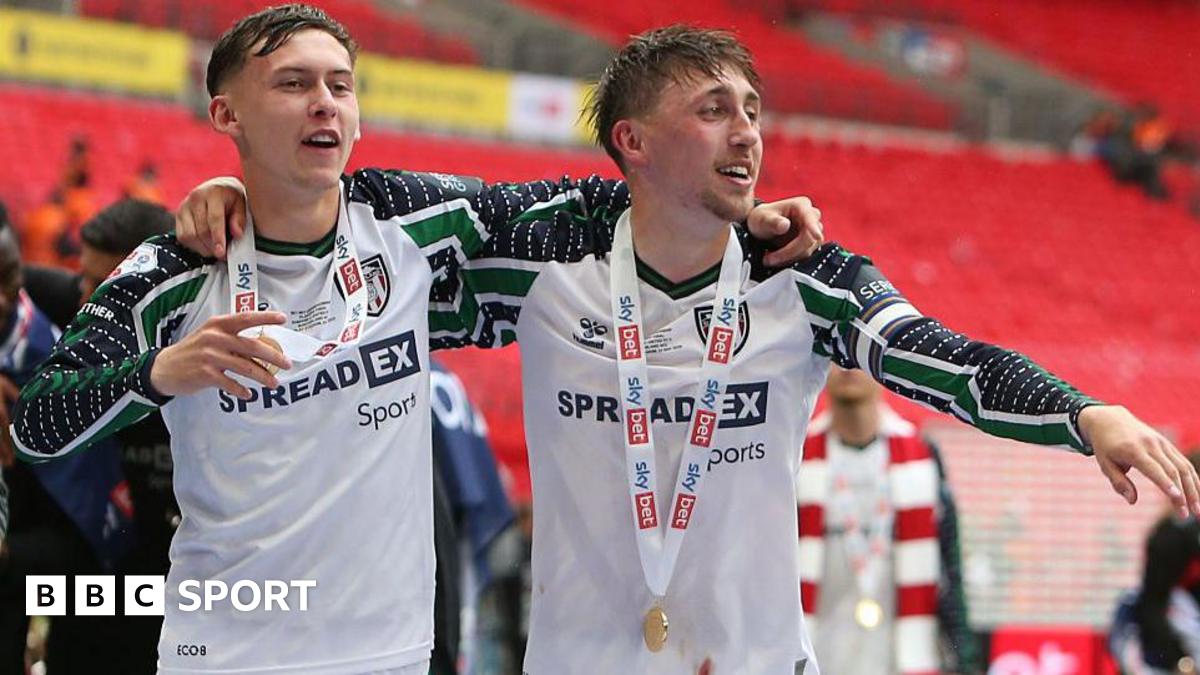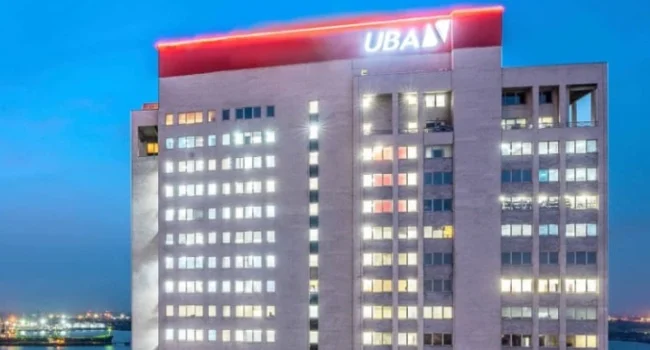By James Piercy
Copyright bbc

But beyond the opportunity to unearth a Rigg or Semenyo to have a very definite impact on the pitch, it makes increasing business sense in the age of Profit and Sustainability (PSR).
Spending money on youth facilities does allow for some discount in PSR calculations, but also when the opportunity arises to sell a club-developed player, it represents pure profit on the balance sheet.
“It’s probably the biggest asset value in your club,” Wassall said. “You see all the successful academies that developed players and got them into their first team, the amount of profit made on sales is amazing.
“It also saves money long-term on wages because apprentices and first-year pros simply don’t cost as much as the players that you transfer in.
“Once you get the culture, vision and the environment right, then you can develop a pathway that is really lucrative, not just to your own academy, but to the whole game as well.
“It’s developing a return on investment but also giving that community feel of, ‘that’s one of our own’. It’s cliché, but it’s true and it brings people together, and it inspires.
“When Will Hughes made his debut for Derby at 17 all the other players within the academy were inspired to go, ‘do you know what? I was training with him two weeks ago and I could do that’.”
It is not just first-team ready players, either, as Brighton and Aston Villa are two Premier League clubs who have been particularly aggressive in supplementing existing academy talent with those acquired from the EFL.
England Under-18 international Bradley Burrows made his debut for Villa in August against Crystal Palace, four years after they paid Bristol Rovers a six-figure fee to sign him as a 13-year-old.
The Premier League forever looms large because while 19 of the 23 players in the European Championship-winning England Under-21 squad had previously played in the EFL, many were via loans from Premier League sides.
Top-flight clubs continue to use that market in the lower tiers as a finishing school, something which can, in turn, block the pathway of homegrown talent from within.
“It just shows you the value of the EFL in nurturing the talent,” Wassall said. “Those clubs see immense value in sending their players to the senior teams of the Championship, League One and League Two.
“I think it’s healthy for the game. It works for both leagues and it needs to be recognised how important the EFL is within the pyramid system.”



